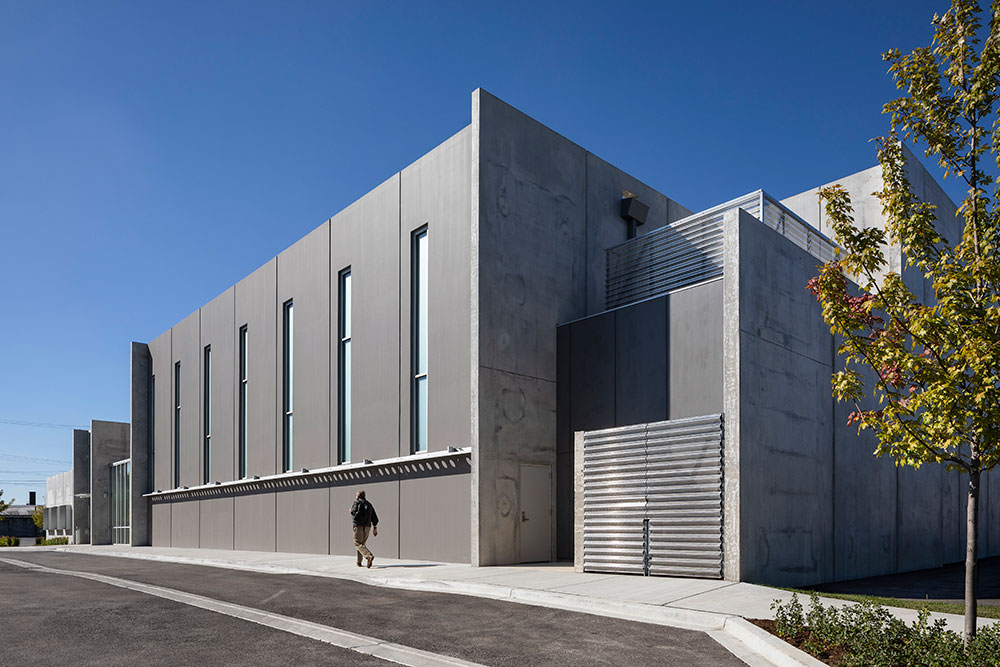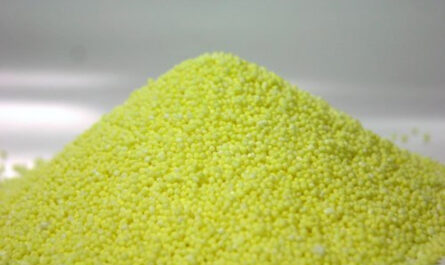In the world of construction, innovation often shapes the way we build our cities and structures. One such innovation that has been gaining significant traction is precast concrete. With its efficiency, durability, and sustainability, precast concrete is revolutionizing the construction industry. In this blog, we delve into the growing precast concrete market, uncovering the trends, advantages, and transformative potential that this building method holds for the future.
The Rise of Precast Concrete
Precast concrete, a construction technique where concrete elements are manufactured off-site and then assembled on-site, has emerged as a game-changer in modern construction. The process involves casting concrete in reusable molds, allowing for consistent quality control and precision. The resulting precast elements, ranging from walls and beams to facades and entire modules, are transported to the construction site, minimizing on-site labor and construction time.
Trends Driving the Precast Concrete Market
Speed and Efficiency:
Precast concrete significantly reduces construction time compared to traditional on-site casting. The ability to produce elements in a controlled environment and then assemble them on-site streamlines the construction process, enabling projects to be completed faster.
Design Flexibility:
Advances in precast technology have expanded design possibilities. Architectural versatility, intricate detailing, and the ability to mimic various materials like wood or stone make precast concrete a preferred choice for modern building aesthetics.
Sustainability:
Precast concrete aligns well with sustainable building practices. The controlled manufacturing process reduces waste, and the use of locally sourced materials further decreases the carbon footprint. Additionally, the durability and energy efficiency of precast structures contributes to their long-term sustainability.
Safety and Quality:
With precast concrete, the majority of construction occurs in a controlled factory environment, minimizing on-site risks. Quality control is enhanced, as elements are produced under stringent conditions, reducing the chances of defects or inconsistencies.
Advantages of Precast Concrete
Durability:
Precast concrete offers exceptional durability, resisting weather, fire, and wear over time. This longevity contributes to reduced maintenance costs and extends the life of structures.
Cost-Effectiveness:
While the initial investment in precast concrete may be slightly higher, the savings in construction time, labor, and maintenance expenses make it a cost-effective choice in the long run.
Reduced Site Disruption:
Precast construction minimizes on-site disruption, noise, and congestion, making it an ideal choice for projects in densely populated areas.
Consistency and Quality:
The controlled manufacturing process ensures consistent quality and eliminates the variability that can occur in traditional on-site casting.
Building the Future with Precast Concrete
As urbanization accelerates and the demand for sustainable, efficient, and resilient structures increases, the precast concrete market is poised for even greater growth. Advancements in design, technology, and materials continue to shape the industry, allowing for ever-more innovative applications of precast elements in various construction projects.
From towering skyscrapers to intricate facades, precast concrete is not just building structures; it’s building the future. As the construction industry evolves, precast concrete stands as a symbol of progress, efficiency, and adaptability, laying the foundation for a built environment that is both functional and aesthetically captivating. The growing precast concrete market offers a glimpse into a world where innovation and construction go hand in hand, creating a future that is solid, sustainable, and ready to be built.




